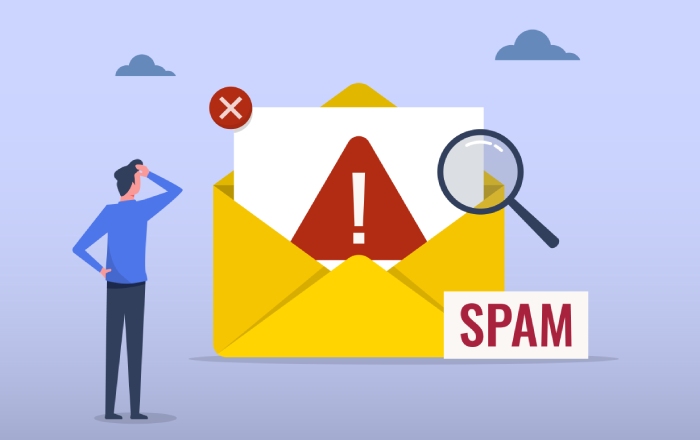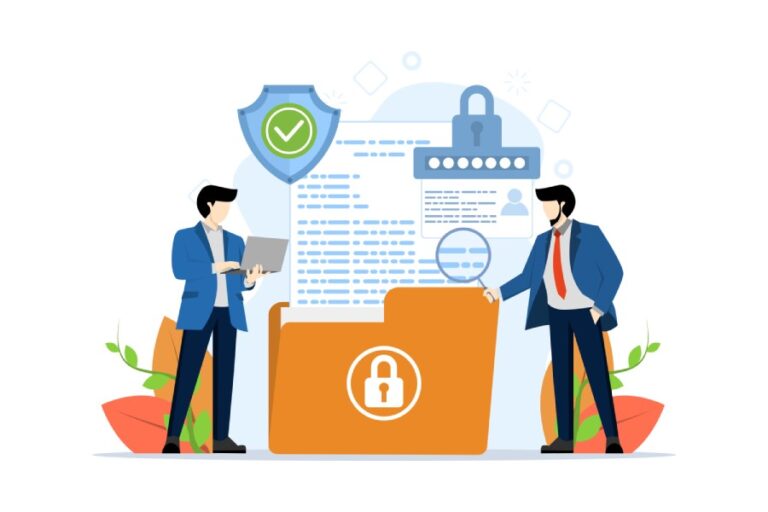The Hidden Costs of Poor Email Deliverability for SaaS Businesses
Poor email deliverability quietly drains SaaS growth. When product updates land in spam folders or onboarding sequences fail to reach inboxes, user engagement suffers—and revenue slips through the cracks. Many teams assume their emails are being delivered, unaware of the silent breakdown happening behind the scenes.
Every missed email carries a cost. Trial users churn without activation. Renewal notices go unseen. Even high-performing campaigns lose power when sender reputation falters. For SaaS businesses dependent on automation and user flows, deliverability issues create friction at every stage of the customer journey. These hidden costs add up fast, eroding performance metrics and trust.
Lost Revenue from Missed Sales Opportunities
Email is the primary channel for converting SaaS leads, yet deliverability issues quietly reduce its effectiveness. Messages meant to guide users through trials or nudge them toward upgrades often fail to appear in inboxes. When critical touchpoints go missing, the user journey breaks—and with it, potential revenue.
Sales teams often misinterpret silence from prospects as disinterest. In reality, those prospects may never have received the follow-up emails. Poor inbox placement distorts performance metrics, leading to flawed assumptions and wasted ad spend. Even high-intent leads fall off when emails go unseen, weakening pipeline velocity and deal flow.

This isn’t a one-off issue. Across large email lists, even a small percentage of missed deliveries compounds over time. Each undelivered message represents a stalled conversion or a dropped buyer. For SaaS companies with recurring revenue models, this kind of leakage directly impacts monthly growth and undermines sales efficiency.
Data Decay and Poor List Hygiene
Email lists degrade fast. Contacts change roles, abandon inboxes, or mistype addresses during sign-up. Over time, these inactive or invalid emails pile up, dragging down sender reputation. SaaS companies that rely on large automated sequences often overlook the cost of maintaining clean lists—and pay the price in reduced deliverability.
Each bounce or unengaged contact signals to email providers that your messages lack relevance or quality. This damages your domain’s reputation and increases the chance future emails will be filtered or blocked. As engagement rates fall, deliverability spirals further, making even well-crafted campaigns ineffective.
Proactive list hygiene protects against this. Verifying contacts regularly ensures campaigns target real, active users. Many SaaS teams use a fast email verifier to automatically filter out risky addresses before sending. It’s a simple practice that preserves sender reputation, boosts inbox placement, and helps ensure your emails support, rather than sabotage, user engagement.
Impact on Customer Retention and Churn Rates
Effective customer relationship management requires consistent, timely communication. When deliverability drops, important messages like renewal reminders, feature rollouts, and usage alerts often fail to reach active users. These missed interactions reduce engagement and make the product feel disconnected from the user’s workflow.
Churn rarely happens without signals. In many cases, it starts with silence—emails that never arrive, updates that go unnoticed, and accounts that lapse without warning. When users feel ignored or uninformed, loyalty erodes. They may cancel without voicing concerns or exploring available solutions, assuming the service is unresponsive or inactive.
Retention-driven emails are only effective if they’re seen. A solid strategy backed by segmentation, automation, and personalization still fails if messages hit spam folders or bounce. Deliverability is the invisible link in the customer retention chain, and when it breaks, the impact ripples through revenue, usage metrics, and long-term customer value.

Reputation Damage and Domain Blacklisting
Email providers closely monitor sender behavior. High bounce rates, spam complaints, and low engagement trigger filters that flag domains as untrustworthy. Once your domain’s reputation drops, recovery is slow—and in severe cases, your emails may stop reaching inboxes altogether.
Getting blacklisted has cascading effects. Transactional emails—password resets, billing alerts, usage notifications—may never reach users. Support tickets go unanswered, product feedback vanishes, and customer satisfaction plummets. For SaaS businesses, where user experience is tied directly to retention and growth, this kind of communication breakdown is critical.
Reputation damage doesn’t always start with major missteps. Gradual declines in list quality, frequency misalignment, or spammy formatting can trigger a downward trend. Without constant monitoring and clear deliverability benchmarks, the damage often goes unnoticed until it affects core metrics. Once email providers see your domain as a risk, even the most relevant content struggles to reach the right audience.
Increased Operational Costs
Poor email deliverability strains internal resources. When users don’t receive key emails, they turn to customer support for answers. Teams spend time addressing issues that stem from miscommunication, such as missed onboarding steps, billing confusion, or unresolved account notifications.
Marketing teams are forced to compensate. They may over-invest in retargeting, repeat campaigns, or manual outreach to reach disengaged users. Meanwhile, developers may be pulled in to audit systems or implement technical fixes, diverting attention from core product improvements.
These hidden costs add up. Time spent chasing symptoms of poor deliverability reduces overall productivity and inflates customer acquisition costs. As teams scramble to restore engagement, long-term projects stall. What appears as a messaging issue on the surface often turns into a company-wide drain on performance, energy, and growth momentum.
Best Practices to Improve Email Deliverability

Improving deliverability isn’t about guessing what works—it requires deliberate action across content, infrastructure, and user engagement. SaaS businesses that prioritize deliverability early can protect revenue, build trust, and scale with fewer setbacks. To enhance email deliverability and safeguard your SaaS growth, ensure you implement SPF, DKIM, and DMARC records to authenticate your domain and protect against spoofing and phishing attacks. The following best practices form a strong foundation for long-term email success:
- Authenticate your domain to prove legitimacy and reduce the risk of being flagged as spam.
- Clean your email list regularly to remove invalid or unengaged addresses that can harm the sender’s reputation.
- Use a dedicated sending domain for transactional and marketing emails to isolate issues and maintain control.
- Segment your audience based on behavior and lifecycle stage to send more relevant, high-performing emails.
- Monitor engagement metrics like open rates, click-through rates, and spam complaints to detect early signs of trouble.
- Avoid spammy formatting and misleading subject lines that trigger filters and erode trust.
- Run regular inbox placement tests to catch issues before campaigns go live and ensure consistent performance.
Wrapping Up
Email deliverability issues rarely announce themselves, but their effects are far-reaching. From lost sales and silent churn to wasted team effort and long-term damage to your sender reputation, the hidden costs accumulate quickly. Prioritizing email security and deliverability is key to safeguarding SaaS growth and ensuring critical messages reach the right audience
For SaaS businesses dependent on email to drive engagement and revenue, overlooking deliverability is a silent threat. Consistent inbox placement isn’t optional—it’s foundational to scaling efficiently, retaining users, and maintaining operational clarity.







